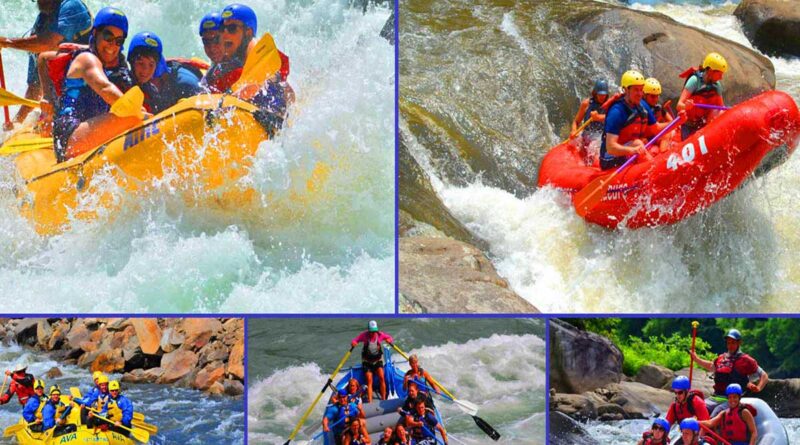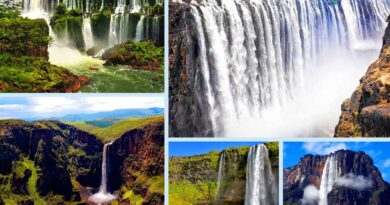Waterfall Riding games that Amaze us WorldWide
Waterfall Riding: Precise boat handling in turbulent waters is essential. There may be powerful predictable rapids. Rapids may require “forced” moves above dangerous levels. A first time scout may be required.
Injuries to swimmers can range from mild to severe, and water conditions can make self-recovery difficult. Some adventures are as thrilling and terrifying at the same time as riding strong waves. During Whitewater rafting trips, you will explore unique landscapes and odd rock formations carved by the forces of nature.
This adventure game is not for everyone; It takes courage and physical and mental strength. It will test your endurance and sometimes survival instinct. The most dangerous rivers for rafting are usually fast, with narrow, steep and rocky streams.
Waterfalls often create large gaps that make your rides very difficult, especially when trying to avoid large holes in front of you.
The International Rating system classifies rapids
Class-I
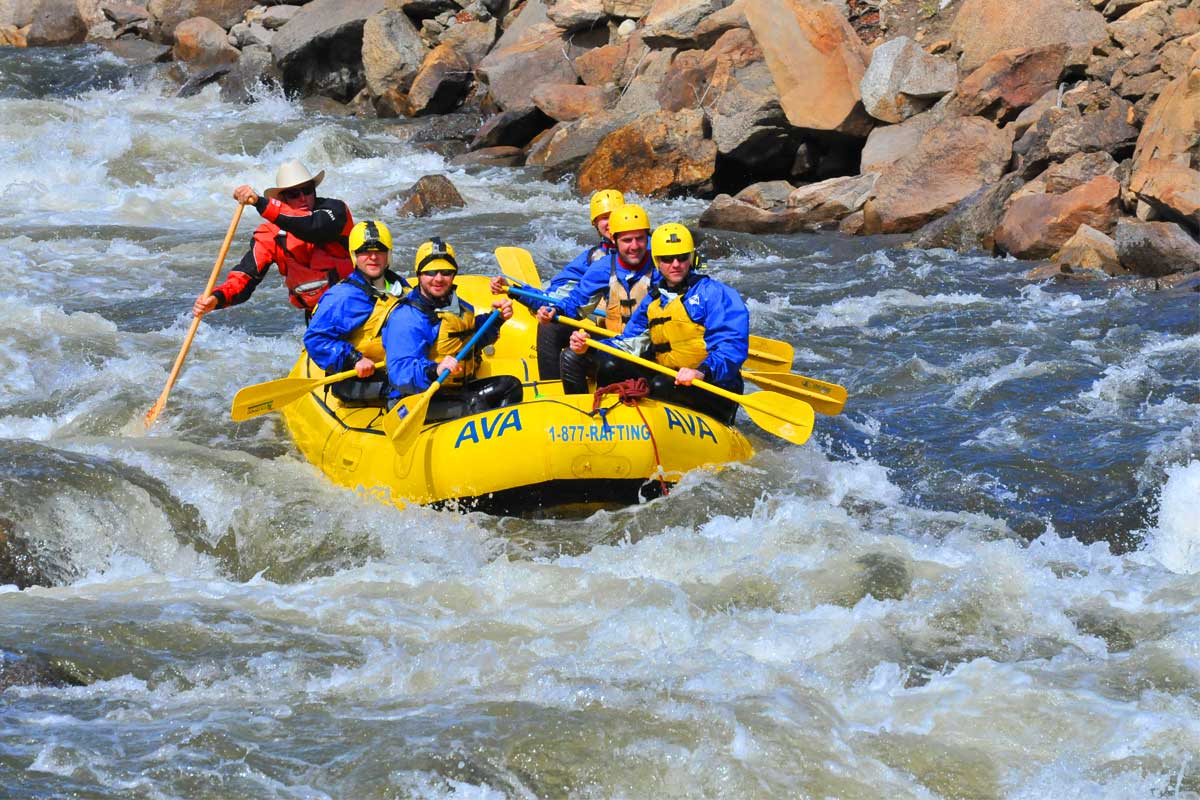
The most widely used benchmarking method is the International River Difficulty, where whitewater moves water with some small waves. Fast moving current with small waves and some obstacles that can be easily avoided. Low risk, easy self recovery.
Class-II
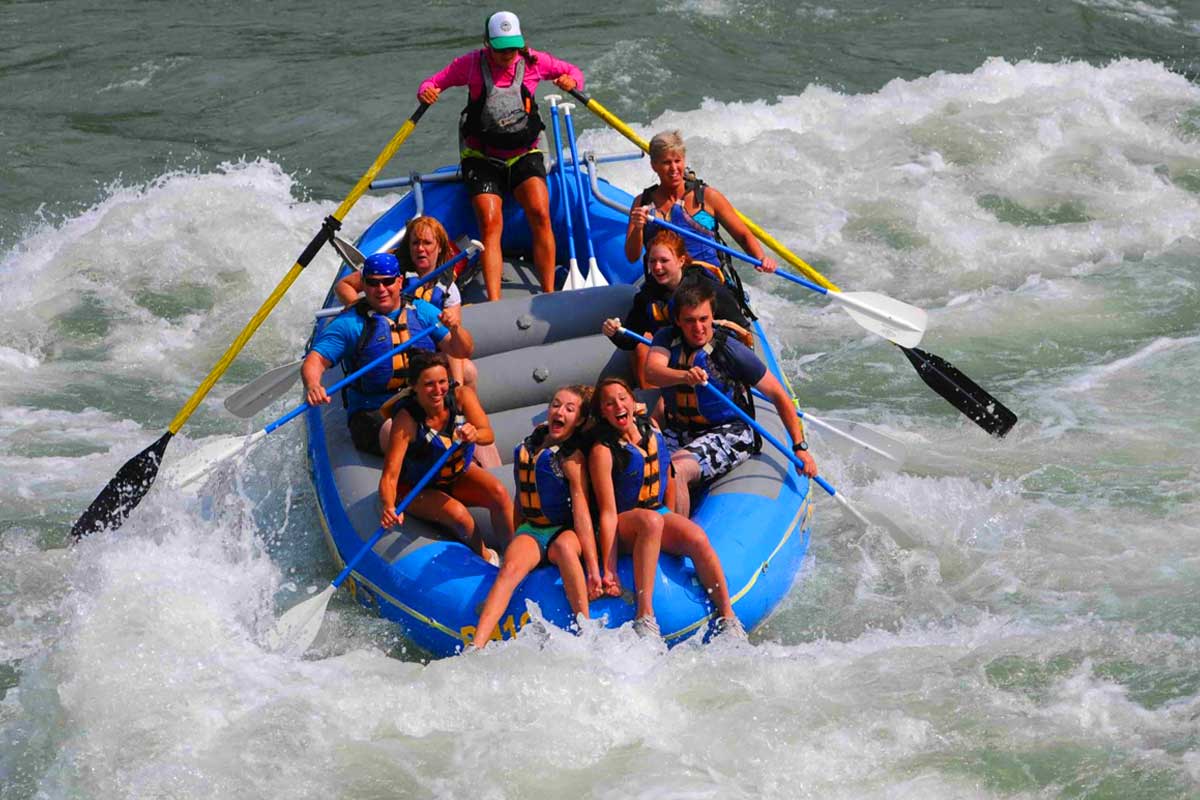
Easy Rapids with small waves, straight Rapids with wide, clear channels clearly visible without scouting. Occasional maneuvers may be required, but rocks and medium-sized waves are easily avoided by trained players.
Class-III
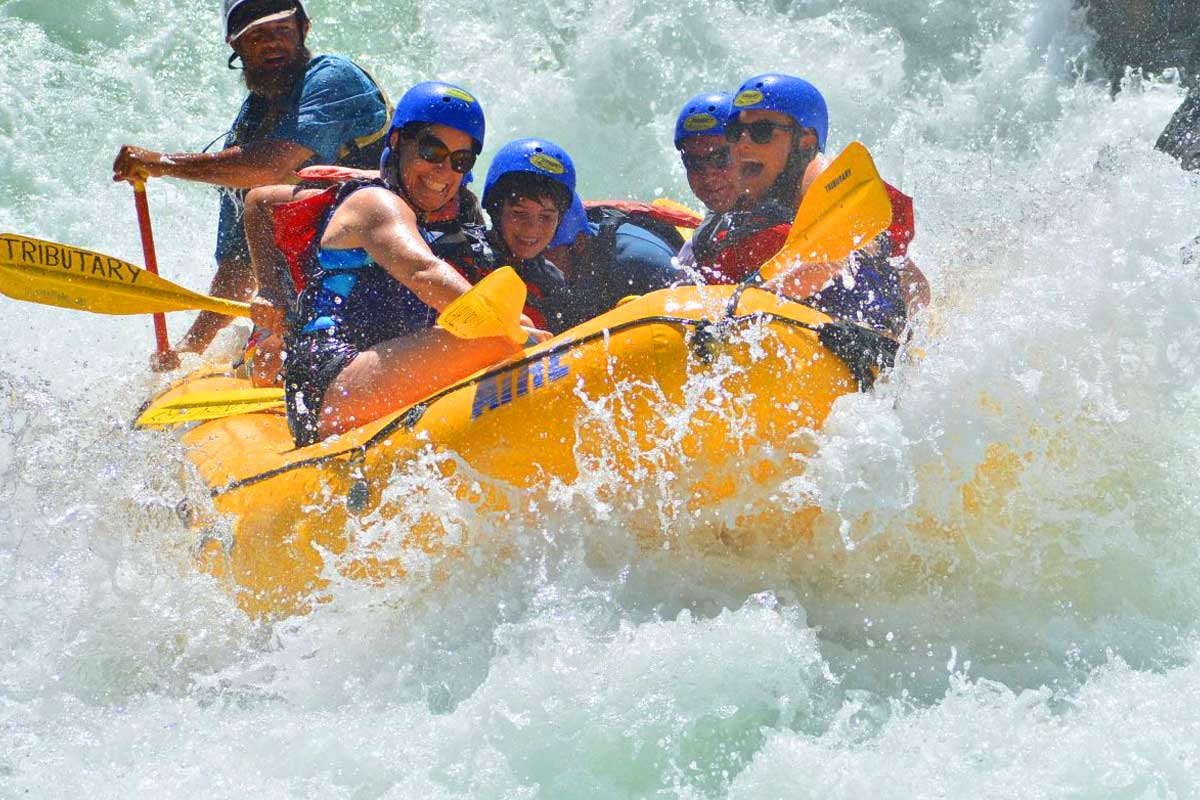
Intermediate. Rapids with moderate, irregular waves are difficult to avoid and the open canoe becomes a swamp. Intricate maneuvers in fast currents and good boat control around tight passages or lodges are often required; There may be large waves or strainers, but they are easily avoided. With high, irregular waves.
Will require short precision maneuvers. Whitewater, which contains all the bubbles, small waves and so on. But there is no significant risk. This class may require significant maneuvering on the boat. This position requires experienced and strong paddle skills.
Class-IV

Updated. Serious, powerful but predictable rapids that require precise boat handling in turbulent waters. Depending on the nature of the river, it may have large, unavoidable waves and short paths that require quick maneuvers in holes or narrow paths. This may require “forced” moves over the dangerous hazards of rabbits.
A first time scout may be required. Injuries to swimmers can range from mild to severe, and water conditions can make self-recovery difficult.
Class-V
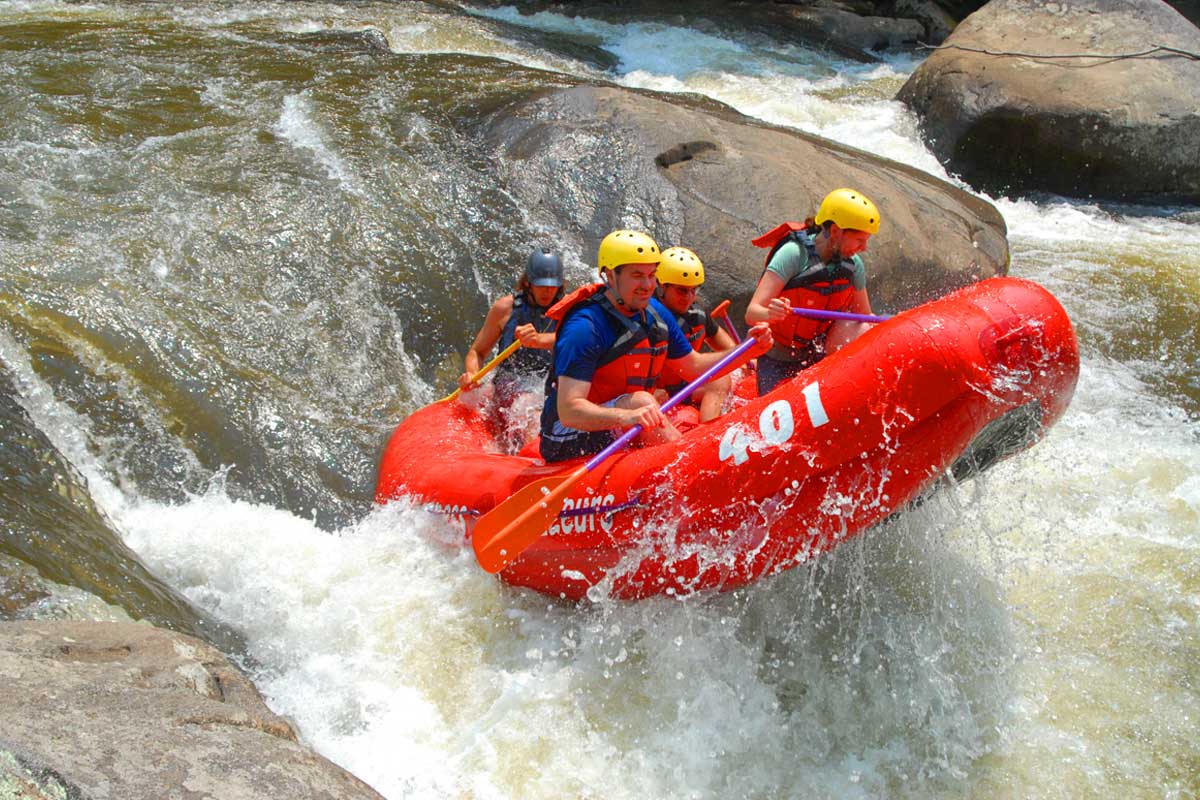
It can be handled too long, too restrictively or too violently, which can put an extra risk on a player. The drops may have large, unavoidable waves and holes or steep, congested slopes with complex, desirable paths.
Rapids can travel long distances between pools, thus requiring more physical strength. The longest and most violent rapids have the most crowded tracks.

